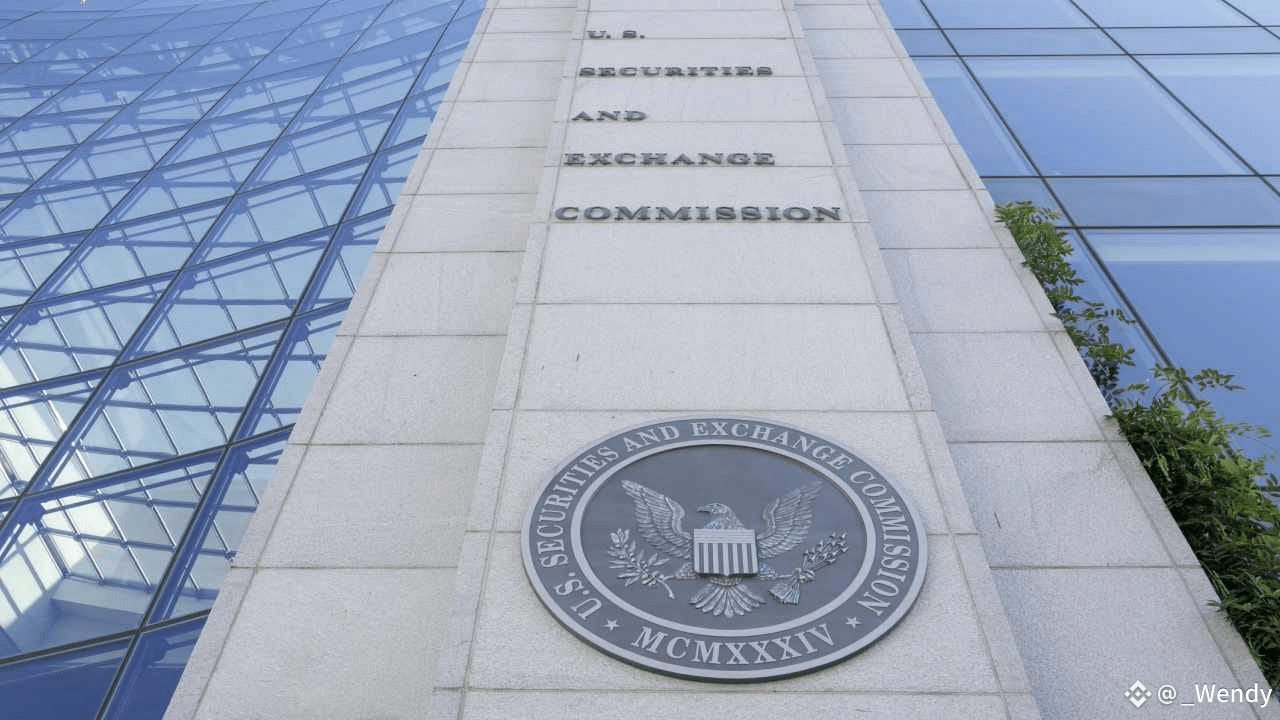The SEC chair’s remarks signal unprecedented confidence in crypto market dynamics, igniting investor optimism and propelling momentum in sectors already outperforming on accelerating fundamentals.

SEC Commits to US Supremacy in Crypto and Finance Innovation
Framing a bold vision for U.S. dominance in digital asset markets, U.S. Securities and Exchange Commission (SEC) Chairman Paul Atkins signaled that the next era of financial innovation should be driven from American soil. In a public address announcing the SEC’s “Project Crypto,” Atkins introduced the agency’s strategic blueprint to overhaul obsolete securities rules. The plan aims to bring regulatory clarity to digital assets, re-anchor blockchain development in the U.S., and end the policy drift that has driven crypto firms offshore.
He reinforced this vision on Aug. 4, writing on social media platform X that the United States will lead the global financial transition:
We will make sure the next chapter of financial innovation is written right here in America.
The combination of political and industry backing signals a rare convergence around regulatory reform. Project Crypto lays the groundwork for new classification guidelines, updated custody rules, and integrated platforms that can support both securities and non-security tokens. If fully executed, it may redefine the U.S. role in digital finance and solidify its position as the regulatory and technological leader in blockchain markets.
Support from lawmakers and industry leaders followed swiftly. U.S. Senator Bill Hagerty emphasized the initiative’s balance between innovation and oversight, stating: “Chairman Atkins’ clear-eyed leadership on crypto strikes the right balance: giving our innovators room to grow while protecting consumers. Let’s ensure the future of finance is built here at home.” Ripple’s chief legal officer Stuart Alderoty noted the contrast with previous policies:
Chair Atkins knows the prior administration pushed crypto companies offshore. He’s now focused on clear, tailored standards—and drawing firm lines to curb SEC overreach.




